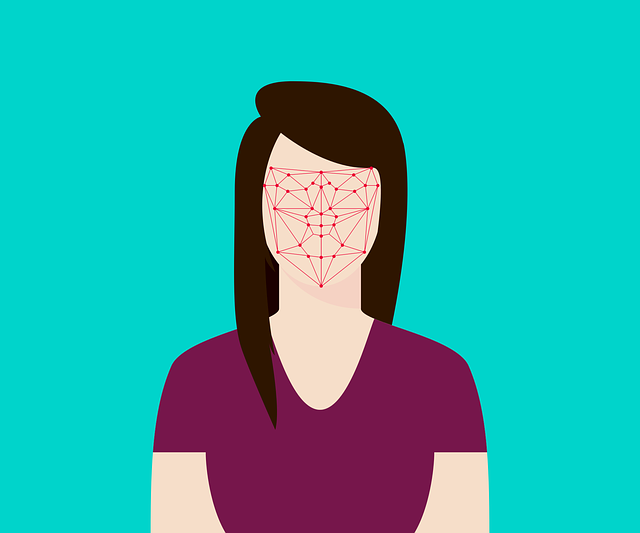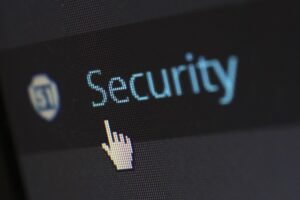Authentication is the process of verifying the identity of a user, device, or system. In this blog post, we will discuss the best user authentication methods and much more about them read the post till the end.
You are missing this post must read: Why security in critical infrastructure is important?
Best Authentication methods for users to stay safe.
Multi-factor authentication (MFA)
Multi-factor authentication (MFA) is a method of authentication that requires the use of two or more independent forms of authentication. MFA is considered to be more secure than single-factor authentication, which only requires a password or a single form of identification.
Some examples of MFA include:
- Something you know (e.g. a password or PIN)
- Something you have (e.g. a security token or a smartphone)
- Something you are (e.g. a fingerprint or facial recognition)
- Two-factor authentication (2FA) is a type of MFA that uses a combination of a password and a security token or a password and a fingerprint.
- Two-step verification is a type of 2FA that uses a combination of a password and a one-time code sent to a user’s phone or email.
- U2F (universal 2nd factor) is a type of 2FA that uses a combination of a password and a physical security key.
MFA can be used to secure access to networks, applications, and online services, and can greatly increase the security of user authentication.
Biometric authentication
Biometric authentication is a method of identifying and verifying a user’s identity based on their unique physical or behavioral characteristics. Some examples of biometric authentication include:
- Fingerprint recognition: This method uses a user’s fingerprint to identify them.
- Facial recognition: This method uses a user’s facial features to identify them.
- Voice recognition: This method uses a user’s voice to identify them.
- Iris recognition: This method uses a user’s iris to identify them.
- Hand geometry: This method uses the shape and size of a user’s hand to identify them.
- Signature recognition: This method uses the way a user signs their name to identify them.
- Behavioral biometrics: This method uses the way a user interacts with a device, such as keystroke dynamics, to identify them.
Biometric authentication is considered to be more secure than traditional authentication methods, such as passwords because biometric characteristics are unique to each individual and cannot be easily replicated or stolen.
However, biometric authentication has some limitations, such as the potential for false rejections or false acceptances and the need for a high-quality image or a sensor. It’s important to use a combination of biometric and other authentication methods to increase security.
One-time passwords (OTP) or time-based one-time passwords (TOTP)
One-time passwords (OTP) or time-based one-time passwords (TOTP) are a form of two-factor authentication (2FA) that are generated by an application or a hardware token and are valid for only one login session or a very limited period of time.
One-time passwords are typically generated by a device or an application that the user has access to, such as a smartphone or a security token, and are used in conjunction with a password or a PIN to gain access to a system or service. Once the password has been used, it becomes invalid and cannot be used again.
Time-based one-time passwords (TOTP) are a variation of OTPs that are generated based on the current time. The user is given a secret key, and then a TOTP is generated by applying a one-way hashing function to the current time and the secret key. The time-based aspect of TOTP means that the OTP will expire after a certain time period and a new one will be generated.
One-time passwords and TOTP are considered to be more secure than traditional passwords because they add an extra layer of security. They can be used to secure access to networks, applications, and online services, and can greatly increase the security of user authentication.
Zero-knowledge proof authentication
Zero-knowledge proof (ZKP) authentication is a method of authentication that allows one party (the prover) to prove to another party (the verifier) that they possess certain information, without revealing any additional information about themselves or the information they possess.
In zero-knowledge proof authentication, the prover and verifier engage in a series of interactions, during which the prover uses special mathematical algorithms to prove that they know a specific piece of information (such as a password or a private key) without revealing the information itself. The verifier can then confirm that the prover knows the information without learning anything about the information itself.
What are the best practices for authentication?
There are several best practices for authentication:
- Use strong, unique passwords and encourage users to do the same.
- Implement two-factor authentication (2FA) to add an extra layer of security.
- Regularly update and patch any third-party authentication software or libraries to ensure they are secure.
- Limit the number of failed login attempts to prevent brute-force attacks.
- Use HTTPS to encrypt communication between the client and the server to protect against man-in-the-middle attacks.
- Use a secure password manager to store and generate strong passwords.
- Use role-based access control (RBAC) to limit access to sensitive information and resources.
- Regularly review and monitor logs for suspicious activity.
- Use a combination of technical and administrative controls to protect against social engineering attacks.
- Continuously monitor for vulnerabilities and potential breaches, and have an incident response plan in place.

Conclusion
In conclusion, the most secure user authentication methods include multi-factor authentication (MFA) and biometric authentication. MFA, which combines two or more authentication methods such as a password and a fingerprint or a password and a security token, makes it much harder for attackers to gain unauthorized access.
Biometric authentication, which uses unique physical characteristics such as fingerprints, facial recognition, or voice recognition, is also considered highly secure as it is difficult to replicate or steal. It’s worth noting that the best practice is to use a combination of different authentication methods and continuously monitor for vulnerabilities and potential breaches.






